Electropathophysiology
Distinct ECG morphologies characterize each stage of myocardial damage brought about by MI.
During the acute stage, sudden-onset occlusion of the coronary artery by a thrombus leads to myocardial ischemia. The affected region of the myocardium develops an outer zone of major ischemia and a central zone of injury. The resulting transmural lesion triggers a distinct ECG pattern known as a monophasic deformation, in which the R wave, ST segment, and T wave are all grouped into a single positive deflection, as seen in Figure 1.
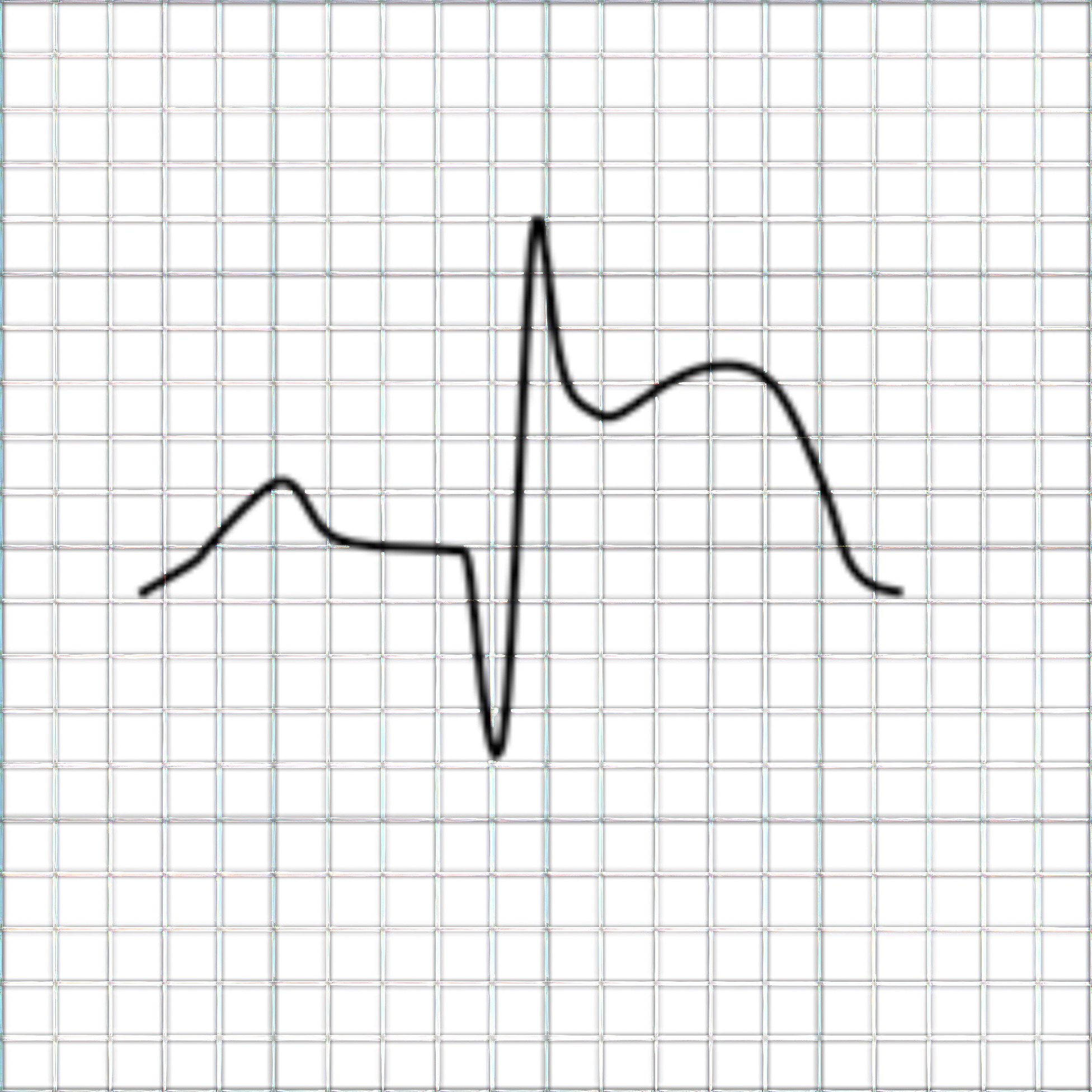
ECG Depicting a Transmural Lesion From MI
When central necrosis starts to develop, the patient is in the subacute stage. At this stage, the Q waves become wider. The zone of necrosis is still surrounded by a zone of injury. Minor ST elevation and the start of T wave negativity characterize the ECG tracing at this stage (see Figure 2).
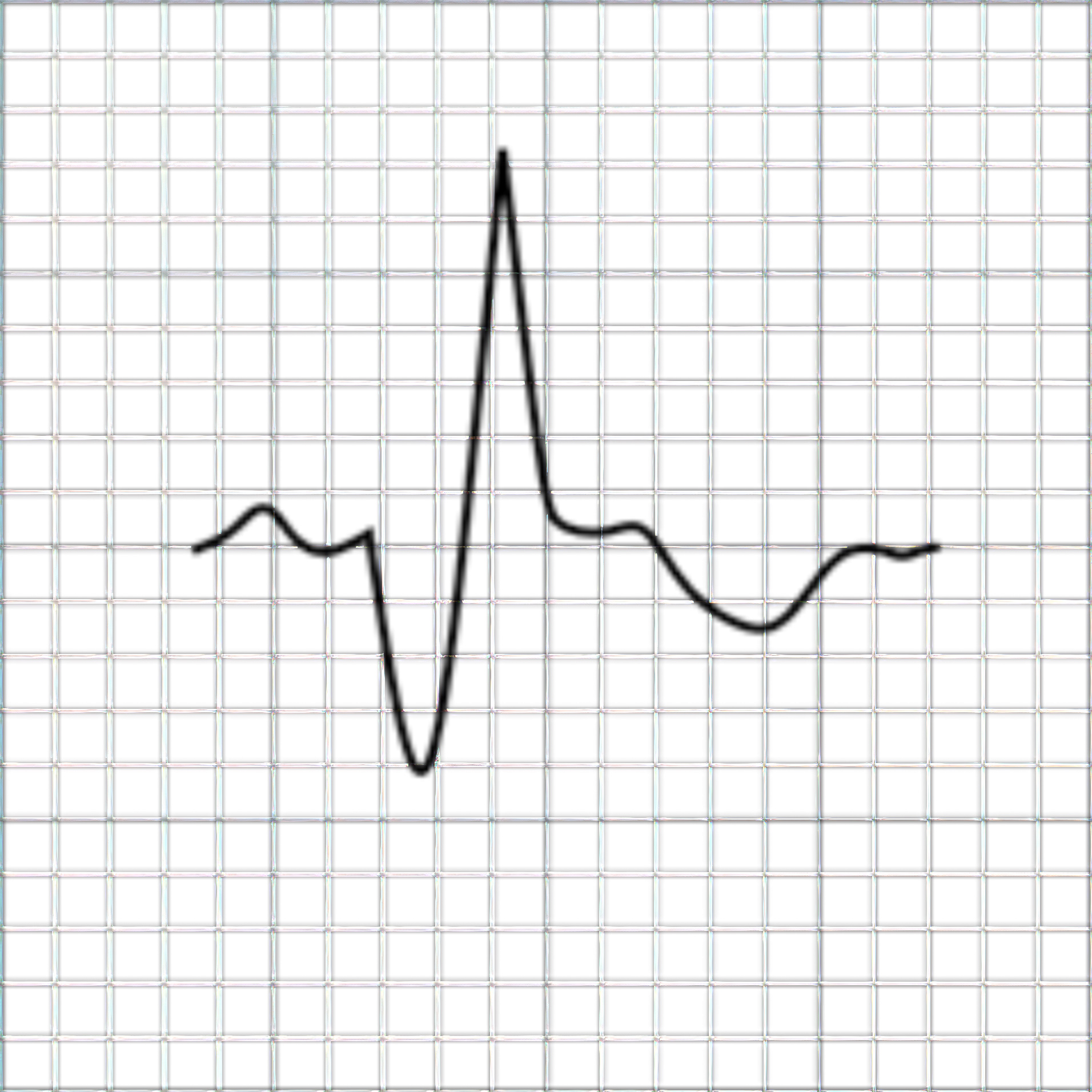
ECG Depicting Subacute MI
As the patient goes from the subacute stage to the chronic stage, the lesion takes one of two paths:
- The entire lesion zone may become necrotic, increasing the infarction size. This outcome is represented by QS waves on the patient’s ECG.
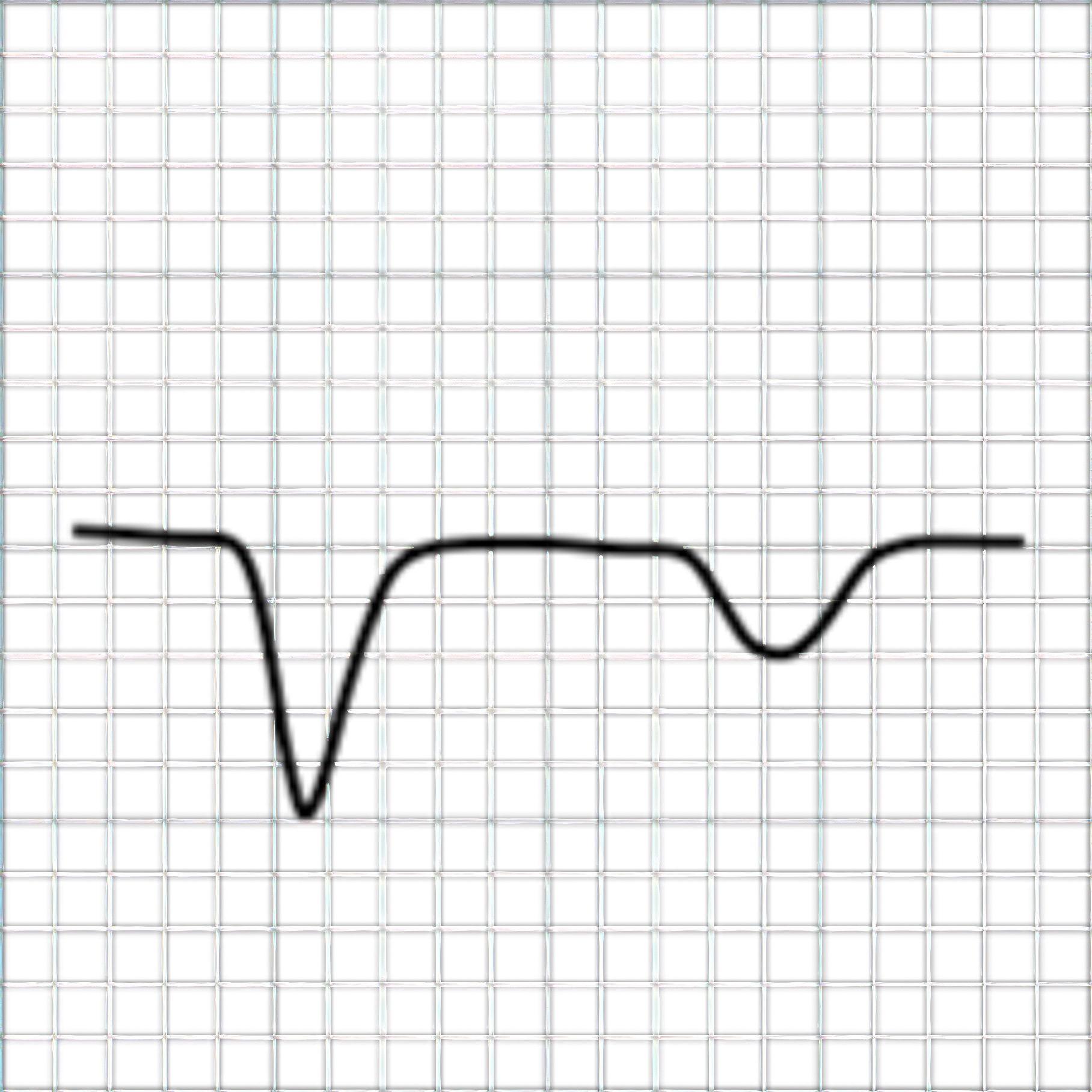
Chronic MI Depicted by Broad QS Wave
The lesion zone may recover partially. If so, the infarction size remains small. Partial recovery causes broad Q waves while the R waves remain.
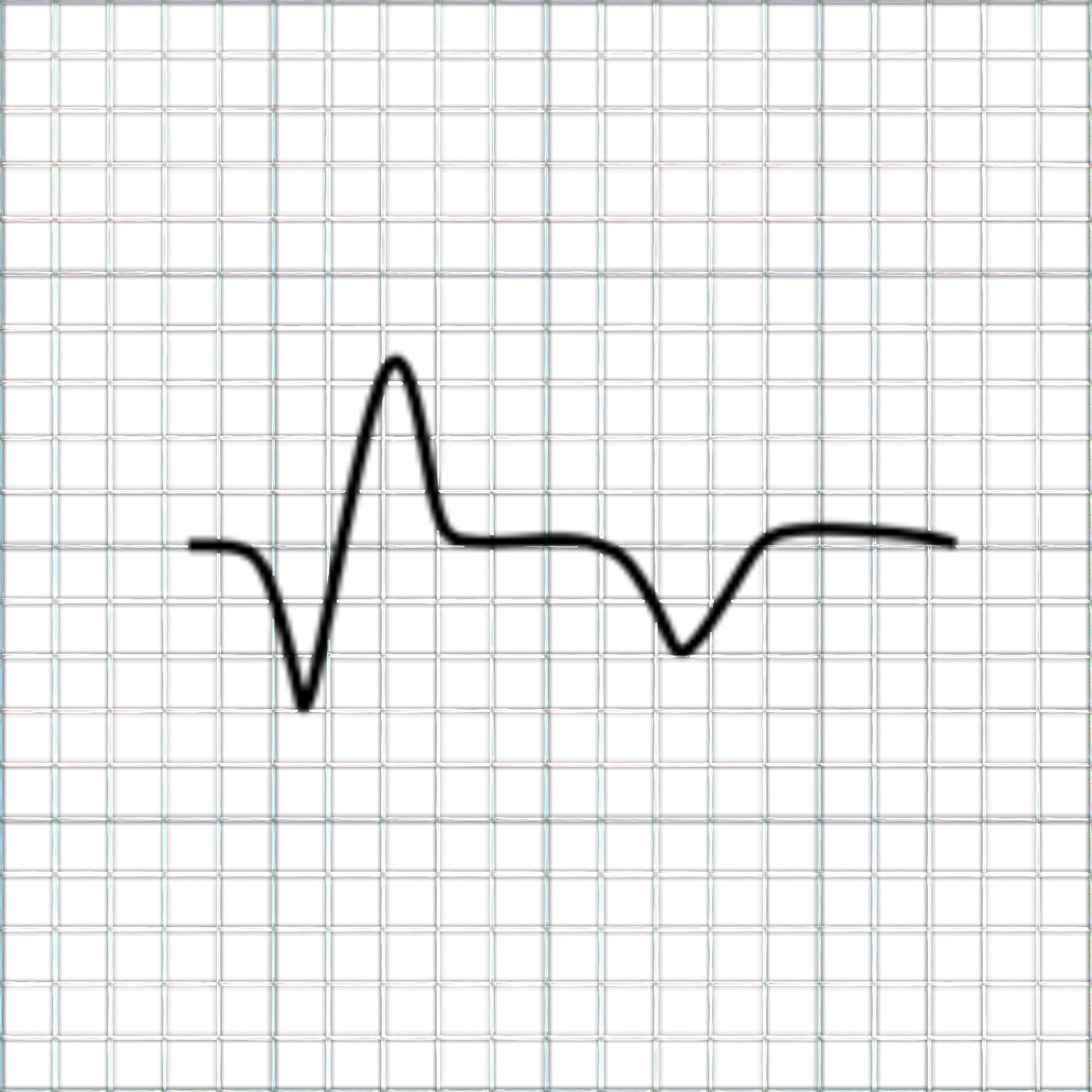
Chronic MI Depicted by Broad Q Wave
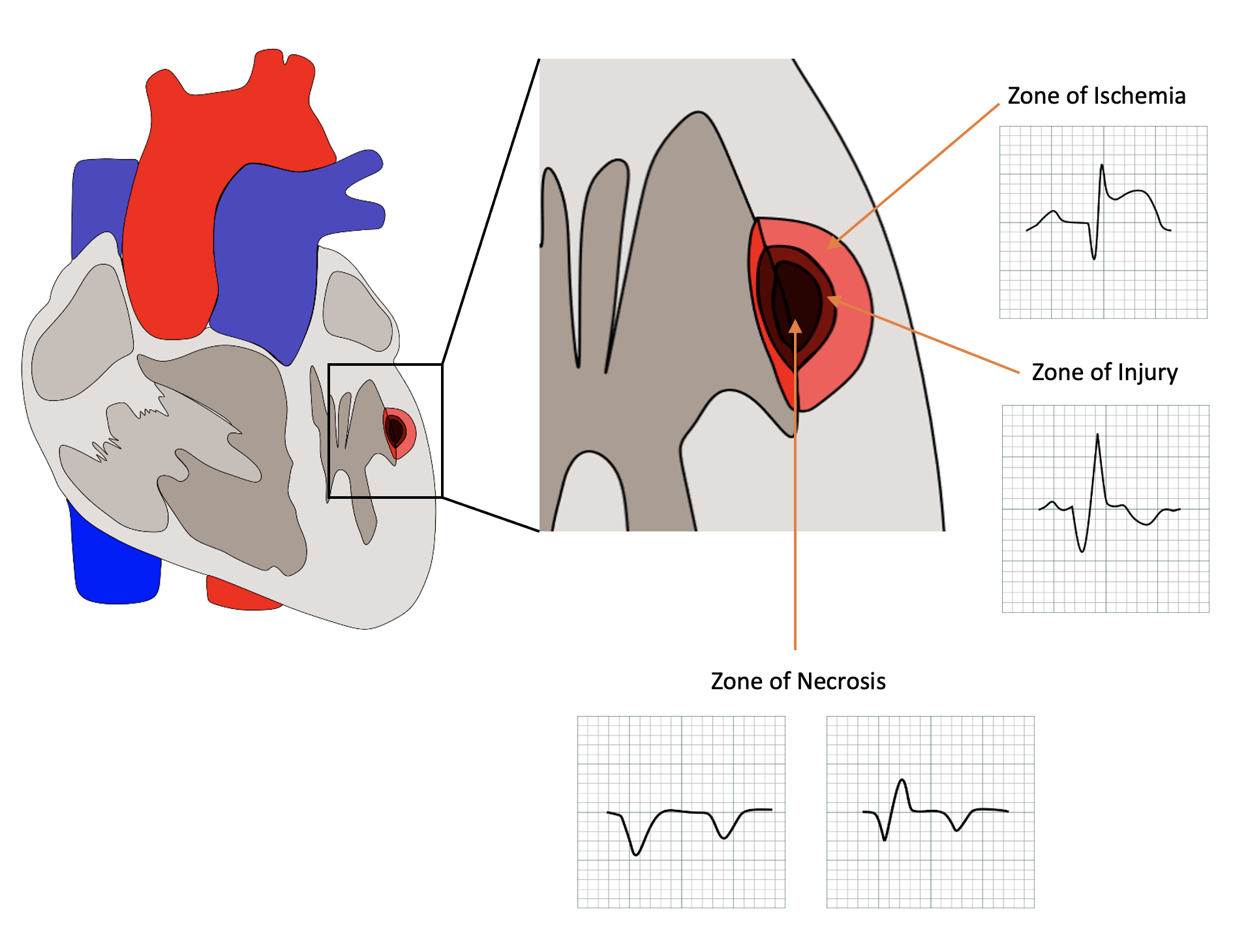
Zone of Ischemia, Injury, and Necrosis
A transmural lesion may be reversible if treated promptly. For example, when patients with Prinzmetal angina caused by coronary artery vasospasm receive proper treatment, the cardiac injury is reversible.
Collateral circulation allows for the regression of a lesion, especially when the patient receives rapid treatment with fibrinolysis or percutaneous coronary interventions. The injury regression allows the recovering myocardium to regain its function and contract once again. The recovered tissue is known as hibernating myocardium.
Pathologic Q waves caused by some lesions may decrease in amplitude during the first few weeks or months after an acute MI. These Q waves represent areas of the myocardium that cannot be depolarized; they signify persistent tissue necrosis, which is not reversible.